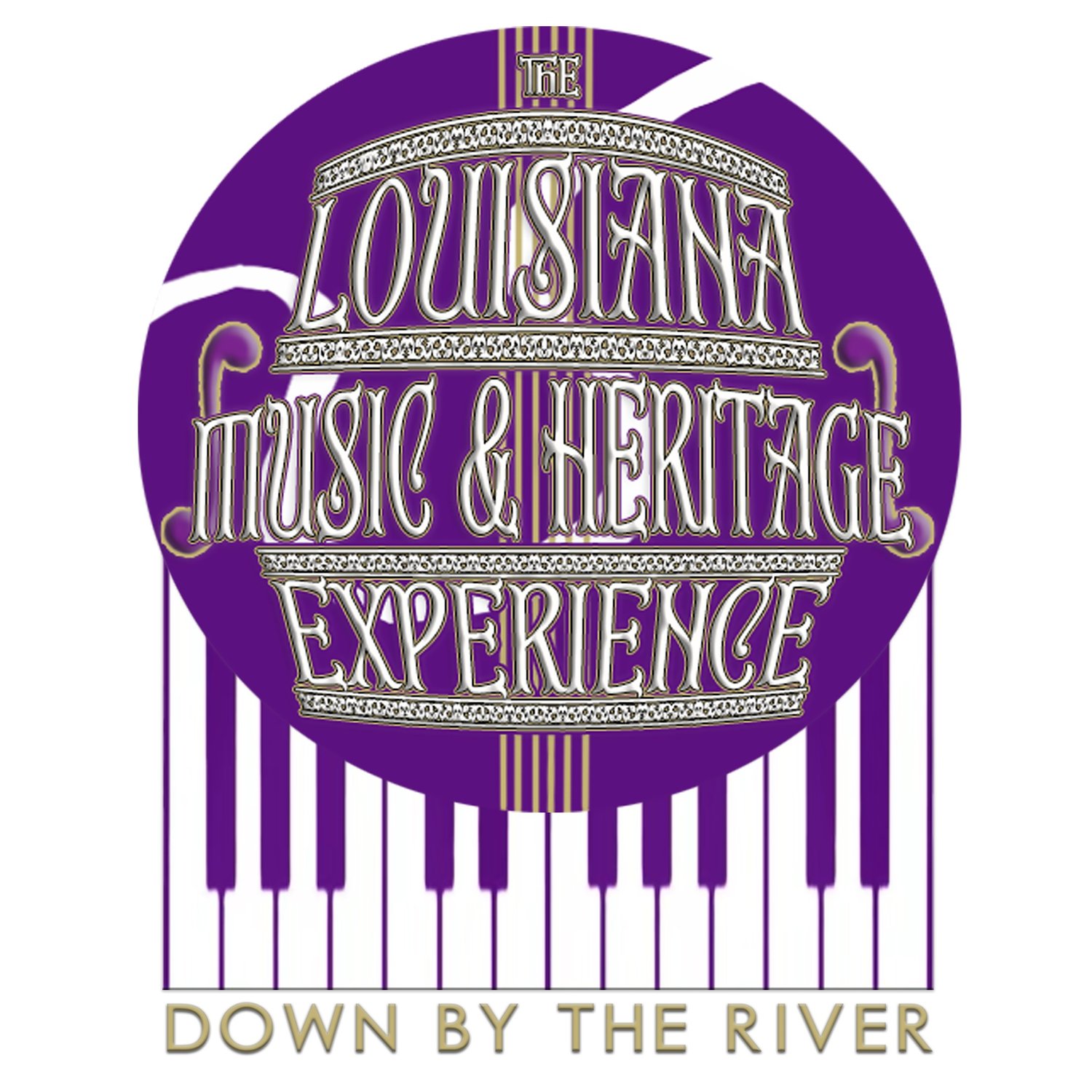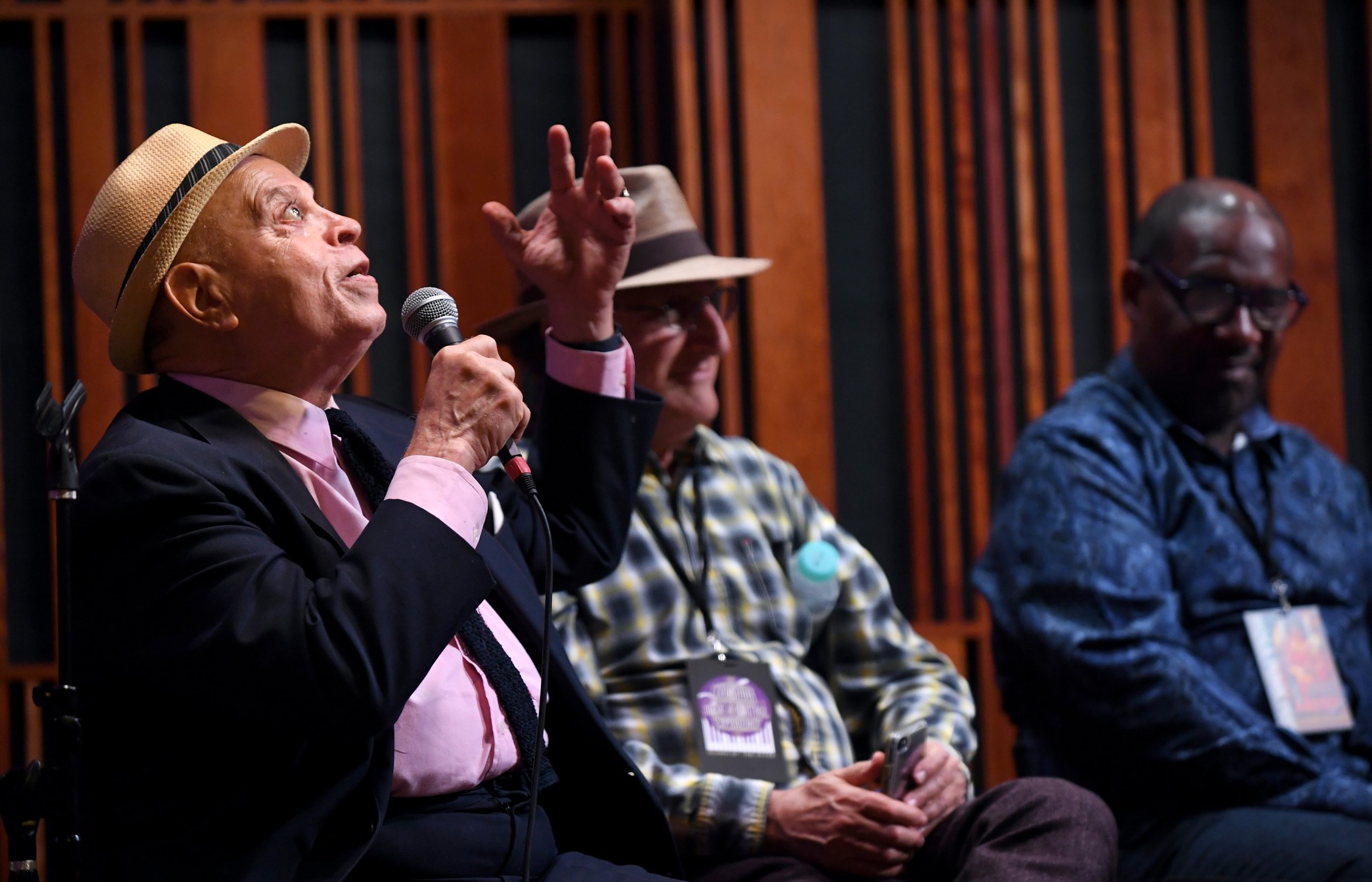About LMHE
The Louisiana Music & Heritage Experience (LMHE) is a forthcoming museum of grand scale dedicated to the preservation of the state’s rich musical history. LMHE will tell the story of Louisiana’s music from the African-American, Native American, French and Spanish influences through all genres of today. An educational institution, LMHE will use exhibits, live music, storytelling with music and interactives to empower and inspire. LMHE will incorporate training programs for musicians, as well as stage, light and sound managers and others. Asynchronous learning programs with lesson plans for teachers will be available for all ages from elementary school to adults so the world will know our story.
Economic Impact
LMHE costs $165 million to create. LMHE’s economic impact to Louisiana is $150 million each year after it opens according to a CosultEcon study. This economic impact is demonstrated also by two comparable facilities, both having attendance less than LMHE’s projections – The Rock & Roll Hall of Fame (the “Rock Hall”) and The National WWII Museum.
Location
The location of The Louisiana Music & Heritage Experience is set to be across the street from The New Orleans Convention Center, on the corner of Convention Center Boulevard and Henderson Street. It is expected that New Orleans' newest cultural institution be in a newly constructed building with all the contemporary features of a modern museum, including state-of-the-art exhibit space, a performance theater or soundstage, a research/archival area, facility sales space, an attractive lobby, museum store, and classroom/education areas will be incorporated into the museum. In addition, a music club and a music-themed restaurant will sit adjacent to the museum, providing local musicians regular residencies, and tourists with a place to hear genuine New Orleans/Louisiana music and eat local fare. The music entertainment heard on the club’s stage will be integrated into the museum experience, so that live music is part of each person’s visit.
The entire building will be approximately 120,000 square feet. The exhibit space will be about 40,000 square feet. Adequate parking for cars and school and tourist buses will be nearby.
Why Now?
New Orleans and Louisiana are not receiving the proper credit for the role they have played and continues to play in contemporary American popular music.
Tourism and economic development officials in New Orleans and Louisiana see the value of a new tourist attraction that would complement the critically acclaimed World War II Museum, reigniting tourism in the post-pandemic era.
Such a museum would go a long way toward unifying the city’s and the state’s complex music communities, hopefully elevating their artistic output and solidifying their role in the ongoing story of American music.
The Louisiana Music & Heritage Experience will serve as the anchor for the soon to be launched Louisiana Music Trail, much like the ones in nearby Mississippi.
Teachers see the educational value of such a museum, since much of Louisiana and even American history can be taught through the lens of American music history. The museum’s many education and public programs would be created in conjunction with the goals and needs of teachers throughout the state.
Rationale
In 1995, with the advent of the Rock and Roll Hall of Fame and Museum in Cleveland, numerous other music museums opened as America truly started preserving and celebrating its vast music heritage. Major institutions such as Experience Music Project in Seattle; GRAMMY Museums in Los Angeles, Mississippi, and Newark; American Jazz Museum in Kansas City; Musical Instrument Museum in Scottsdale; Rock ‘n’ Soul Museum and Stax Museum in Memphis; National Museum of African-American Music and Musicians Hall of Fame in Nashville; and many more have become cultural centerpieces as well as tourist attractions in their respective cities.
Virtually every major American music form—from folk to hip hop—is now represented in a music museum in the United States. This is true except for the most important music city/state in America—New Orleans and Louisiana. While the state does several smaller music museums, Louisiana’s music creators played a major role in the development of major American music forms: rock & roll, blues, soul, funk, rhythm & blues, gospel, hip hop, Cajun music and zydeco. New Orleans even played a major role in America’s opera and classical music traditions, having built one of the very first opera houses in America and having developed one of the very first true American composers, Louis Gottschalk.
The “great hole” in the American music story — one that is told in music museums throughout the country—is the hole that is New Orleans and Louisiana. It is the final frontier of music museum development. The state’s vast and colorful music history, not to mention America, is incomplete without the Louisiana Music & Heritage Experience.




